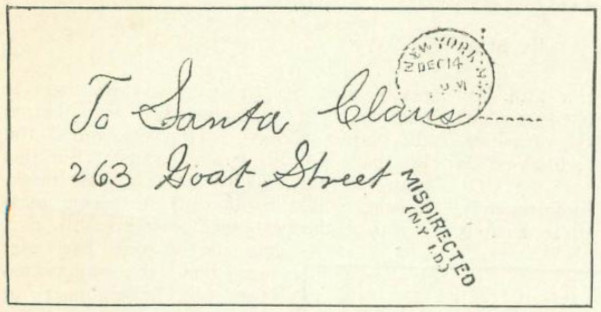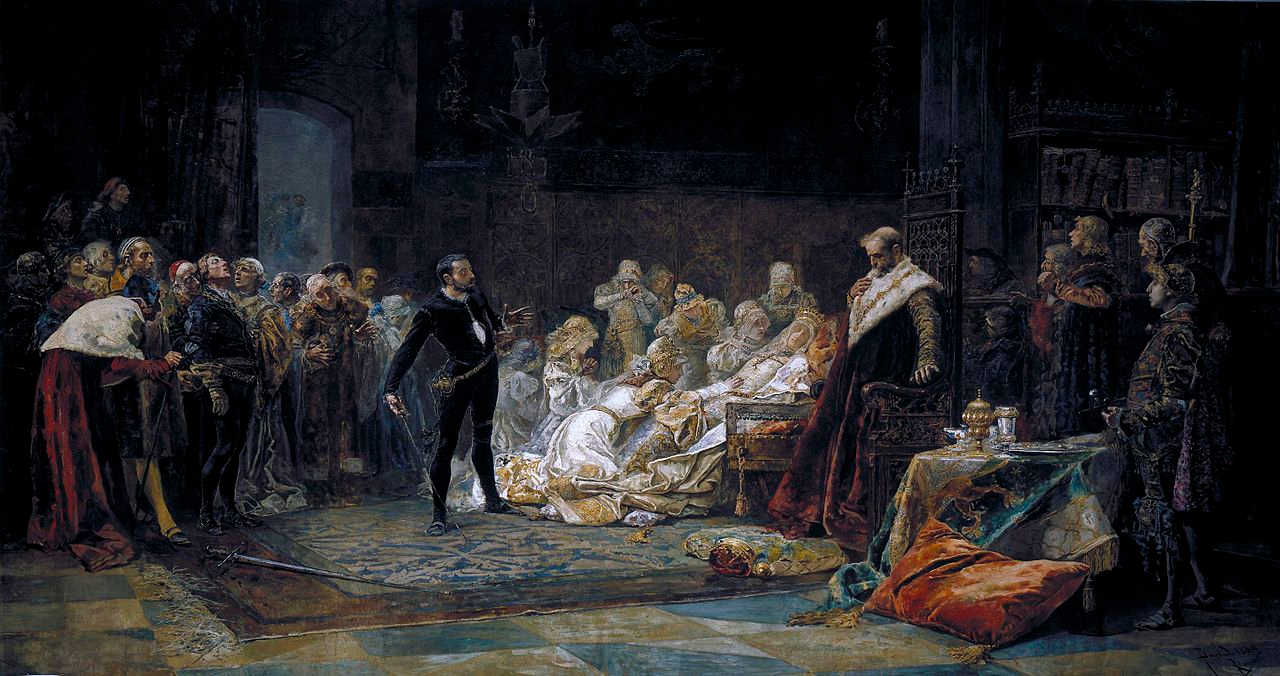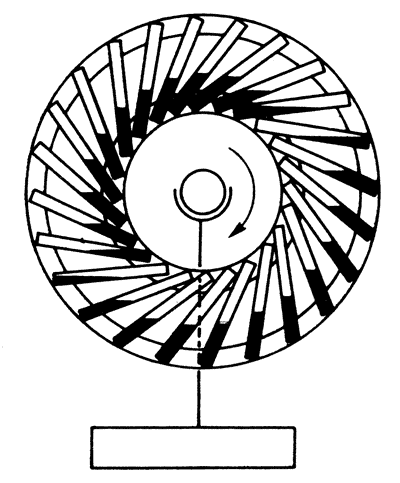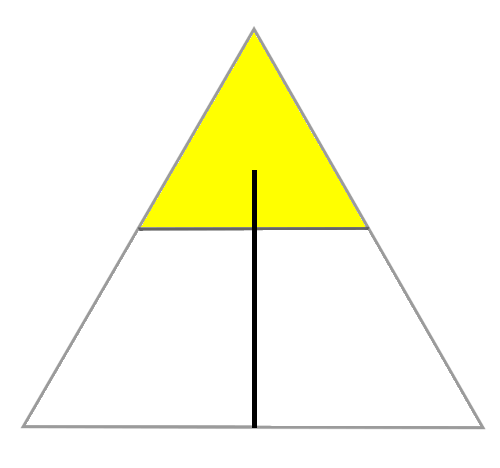
In 1896 the letter above arrived at the New York post office. As there was no Goat Street in New York, the office marked it misdirected and sent it on to Washington, where clerks eventually opened it, looking for further clues. They found this:
Dear Santa, — When I said my prayers last night I told God to tell you to bring me a hobby horse. I don’t want a hobby horse, really. A honestly live horse is what I want. Mamma told me not to ask for him, because I probably would make you mad, so you wouldn’t give me anything at all, and if I got him I wouldn’t have any place to keep him. A man I know will keep him, he says, if you get him for me. I thought you might like to know. Please don’t be mad. — Affectionately, John.
P.S. — A shetland would be enough.
P.S. — I’d rather have a hobby horse than nothing at all.
“I am very sorry to say that John did not get the horse,” wrote Mary K. Davis in the Strand. “Little boys who don’t do as their mothers tell them find little favour with Santa Claus.”






